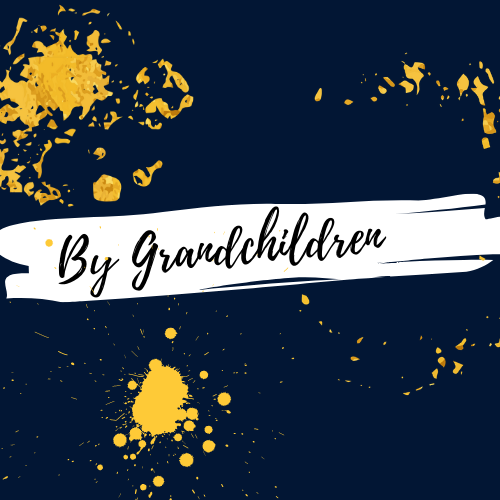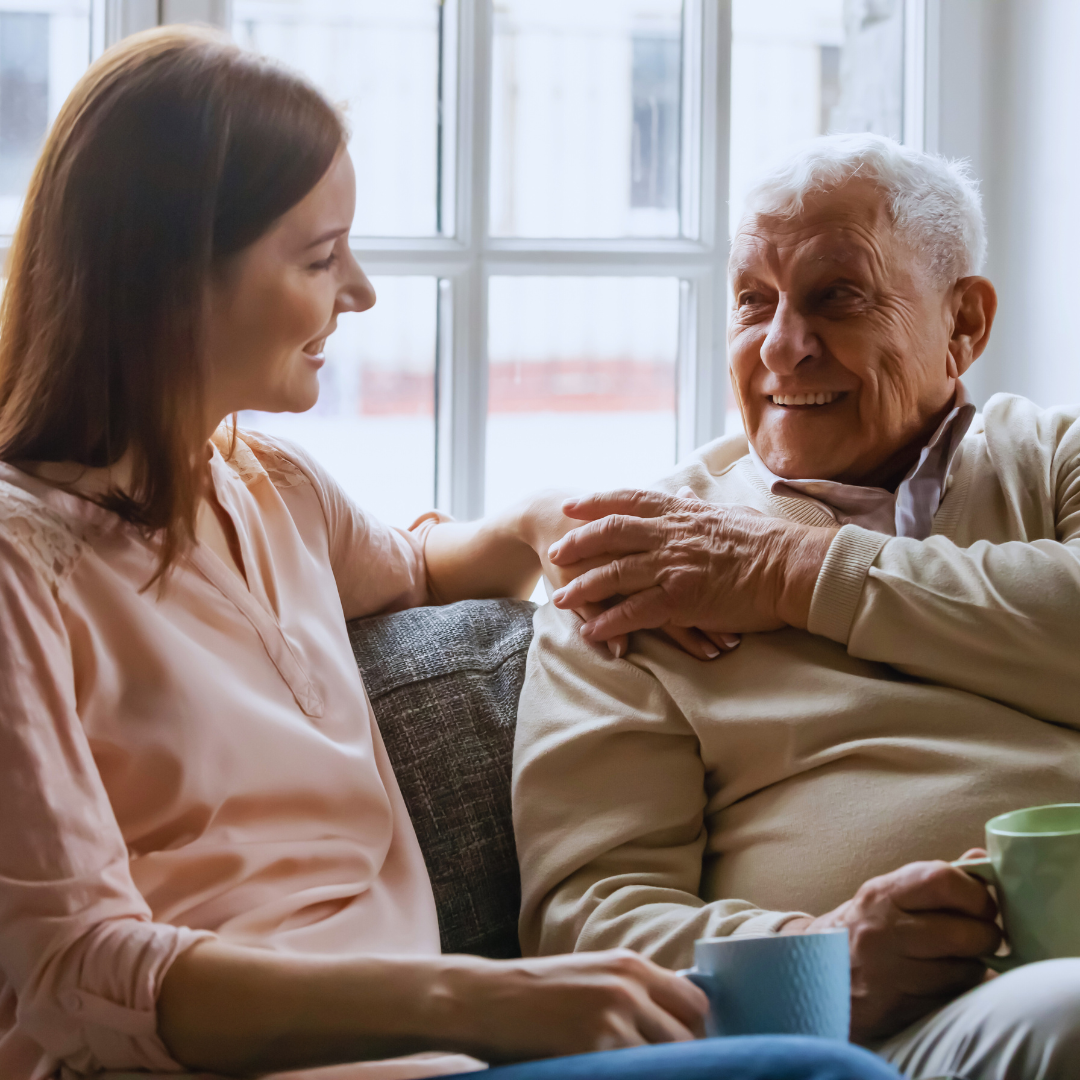Intergenerational bonding offers significant benefits for older adults, enriching their lives in various ways. Engaging with younger generations helps to reduce feelings of isolation and loneliness among senior citizens, enhancing their overall well-being. These connections foster mutual learning and sharing of experiences, which can lead to improved mental health and increased vitality.
Involving older adults in activities and relationships with younger people not only supports emotional health but also promotes the transfer of knowledge and skills. This dynamic interaction can stimulate cognitive function and introduce new perspectives to both age groups.
The presence of younger individuals in the lives of senior citizens encourages a sense of purpose and belonging, which is essential for maintaining a high quality of life. Establishing these bonds contributes to a more cohesive community, benefiting everyone involved.
The Crucial Role of Intergenerational Bonding in Elderly Well-Being
Intergenerational bonding significantly enhances the well-being of older adults. It fosters social connections, bridges generational gaps, and provides vital emotional support. These elements contribute to a more fulfilling life as senior citizens form meaningful relationships.
Strengthening Social Connections
Intergenerational bonds create a network of social interactions that reduce feelings of loneliness among older adults. Engaging regularly with younger generations encourages seniors to share their experiences and wisdom.
This exchange enhances social relationships, allowing older individuals to feel valued and included. Regular activities, such as community events or family gatherings, strengthen these connections. As older adults form these relationships, they typically enjoy improved mental health and an uplifted sense of belonging.
Bridging the Generation Gap
Building intergenerational relationships helps to bridge the generation gap. When older adults interact with younger people, both groups learn from each other. Youth gain insights into history and cultural values, while seniors become more familiar with modern trends and technologies.
This mutual understanding aids in breaking down stereotypes. Open dialogues foster respect and appreciation for diverse perspectives. Strengthened intergenerational bonds create a more unified community that benefits everyone involved.
Emotional Support and Shared Experiences
Emotional support is a key component of intergenerational bonding. Older adults often face challenges such as loss, illness, or isolation. Young people can provide a listening ear and empathy.
Shared experiences, such as family traditions or storytelling, enhance emotional well-being for both age groups. When seniors share memories with younger generations, it reinforces their identity and sense of purpose.
These meaningful connections serve to enrich life, decrease feelings of helplessness, and promote resilience during difficult times. Emotional support fosters a stable foundation for older adults, allowing them to thrive emotionally and socially.
Mental and Cognitive Benefits for the Elderly
Intergenerational bonding offers significant mental and cognitive benefits for older adults. Engaging with younger generations can diminish feelings of loneliness and enhance emotional well-being while also supporting cognitive functions through mental stimulation.
Reducing Loneliness and Social Isolation
Loneliness and social isolation are prevalent issues among older adults, often leading to detrimental effects on mental health. Frequent interaction with younger individuals provides emotional support and companionship, which are essential for reducing these feelings.
Social engagement through activities like storytelling or shared hobbies fosters a sense of belonging. It encourages meaningful connections that counter the isolation often felt in retirement or after the loss of a partner.
Building relationships across generations not only boosts self-esteem but also opens channels for conversation, which can significantly improve emotional health.
Supporting Mental Health and Cognitive Abilities
Intergenerational activities stimulate mental processes, enhancing cognitive abilities in older adults. Engaging in conversations with younger people can challenge thinking and promote mental agility, reducing the risk of cognitive decline.
Activities like puzzles, games, or collaborative projects encourage critical thinking and problem-solving skills. These interactions also foster an environment where older adults can share their knowledge and wisdom, reinforcing their sense of purpose.
Furthermore, nurturing relationships enhances emotional well-being, which is crucial in maintaining overall mental health. Regular interaction benefits older adults by keeping their minds active and fostering lifelong learning.
Enriching Activities That Foster Intergenerational Interaction
Engaging in activities that promote intergenerational interaction can strengthen the bonds between the elderly and younger generations. These activities encourage quality time, shared experiences, and foster a sense of community. Here are some effective ways to promote these connections.
Leisure and Outdoor Activities
Leisure and outdoor activities serve as a vital bridge for intergenerational bonding. Community gardens offer a unique space for individuals of all ages to come together. Participants can engage in gardening, sharing knowledge about plants, and enjoying the outdoors.
Local parks host events like picnics or sports days, where elders and youth can participate in games, fostering teamwork and camaraderie. Nature walks also provide a setting for storytelling, where the elderly can share life experiences, enriching the younger generation’s perspectives.
Mentoring and Shared Learning Experiences
Mentoring programs create structured opportunities for intergenerational bonding. Elderly individuals can impart valuable wisdom and skills to younger participants. Programs can focus on crafts, cooking, or other hobbies, promoting skill development.
Shared learning experiences, such as workshops, allow both age groups to exchange knowledge. For instance, teaching technology use or social media navigation can empower seniors while giving youth a sense of purpose. These interactions deepen relationships and enhance understanding.
Digital Connections and Social Media Platforms
Digital connections are essential for fostering intergenerational relationships in today’s society. Social media platforms like SeniorNote facilitate communication across ages. They enable seniors to share experiences, thoughts, and engage with younger users.
Video calls are another effective tool for maintaining connections. They allow for face-to-face interactions regardless of distance. Teaching seniors to use these digital platforms opens new avenues for interaction and reduces feelings of isolation, thereby enhancing personal relationships.
Community Resources and Support Systems
Community resources play a crucial role in fostering intergenerational bonding by providing structured support and programs that enhance social interaction between older adults and younger generations. These resources often empower caregivers and social workers to connect elderly individuals with their communities effectively.
Intergenerational Programs and Initiatives
Intergenerational programs are designed to bring together older adults and younger participants in various settings, enhancing both age groups’ social environments. Examples include mentoring programs, community service projects, and shared recreational activities.
Local organizations often host workshops or activities that encourage collaboration, creativity, and mutual learning. These initiatives can be found in schools, community centers, and retirement facilities.
Such programs not only combat loneliness in older adults but also cultivate respect and understanding among various age groups. Successful examples include “Adopt a Grandparent,” which pairs youth with seniors to share life experiences and skills, enriching both parties’ lives.
Role of Caregivers and Social Workers
Caregivers and social workers are vital in facilitating intergenerational relationships. They often serve as connectors, helping older adults engage in community programs and work with families to integrate them into these opportunities.
Initially, caregivers assess the needs and preferences of older adults to recommend suitable programs. They may also help navigate transportation challenges or provide necessary resources.
Social workers further enhance these relationships by advocating for elder care and community resources. Their support ensures that programs are accessible and inclusive, directly addressing barriers that prevent participation. Empowering caregivers and collaborating with social services enriches the potential for beneficial intergenerational experiences.





Be the first to reply